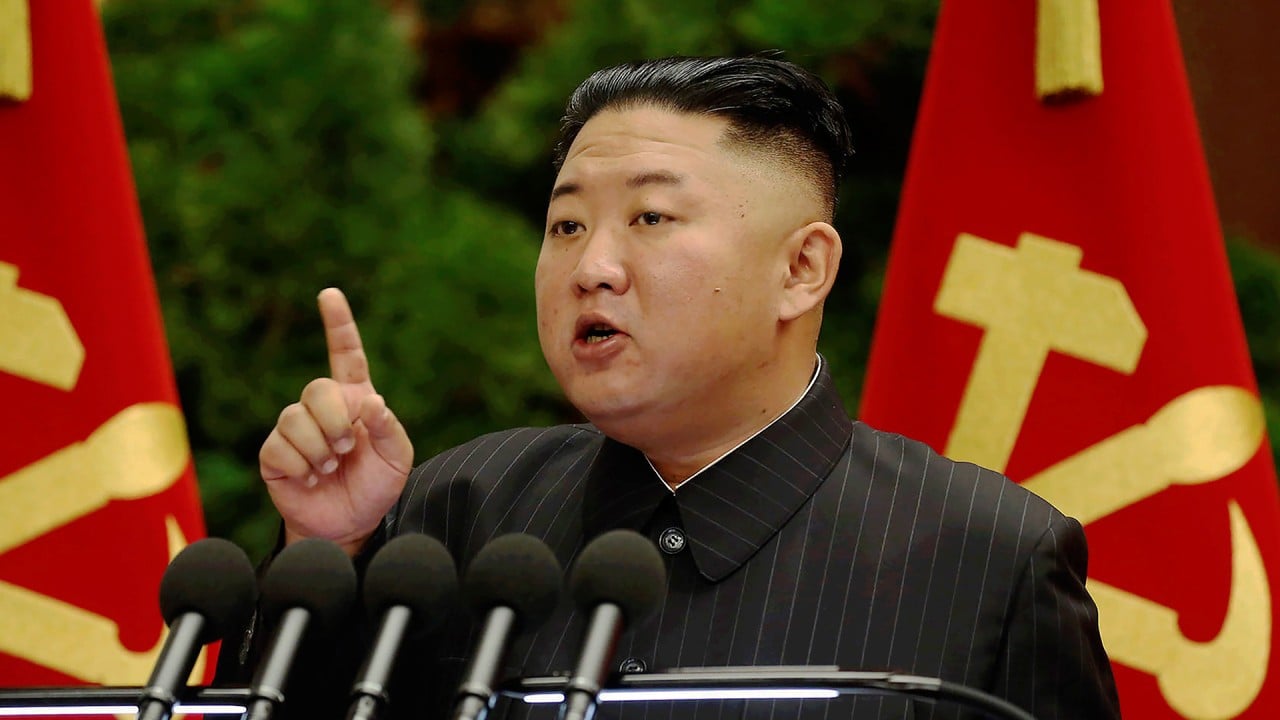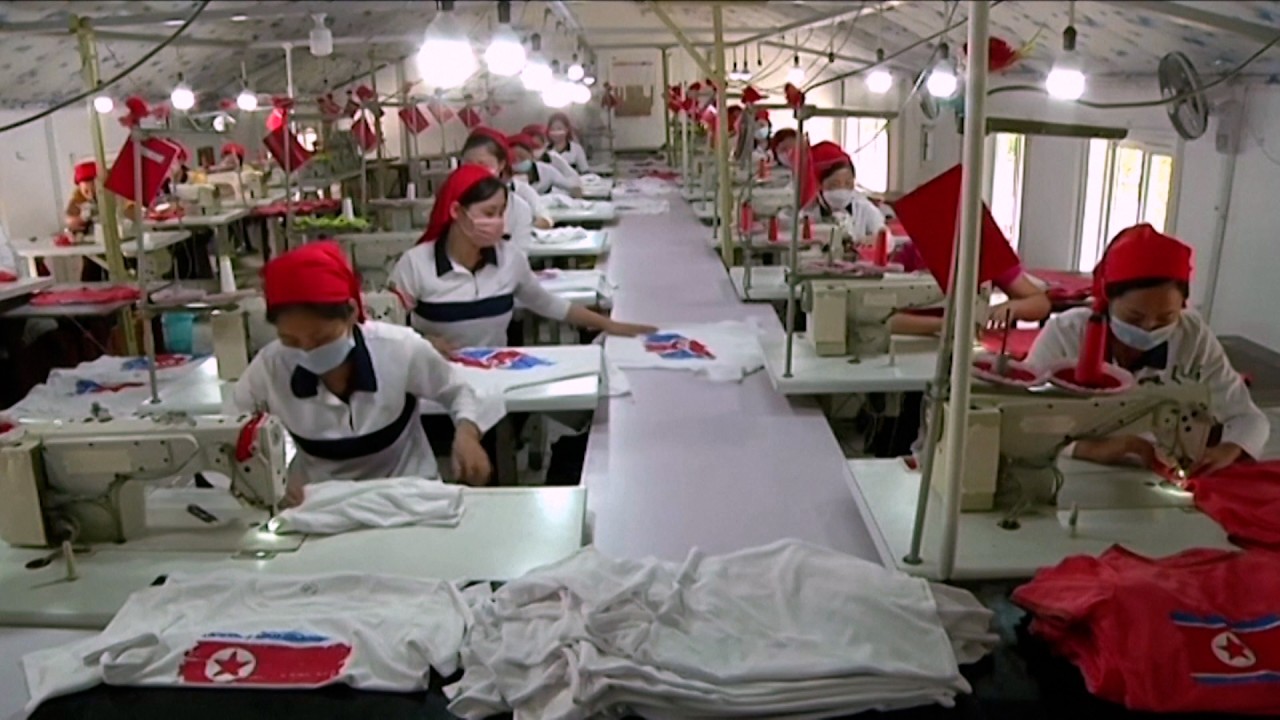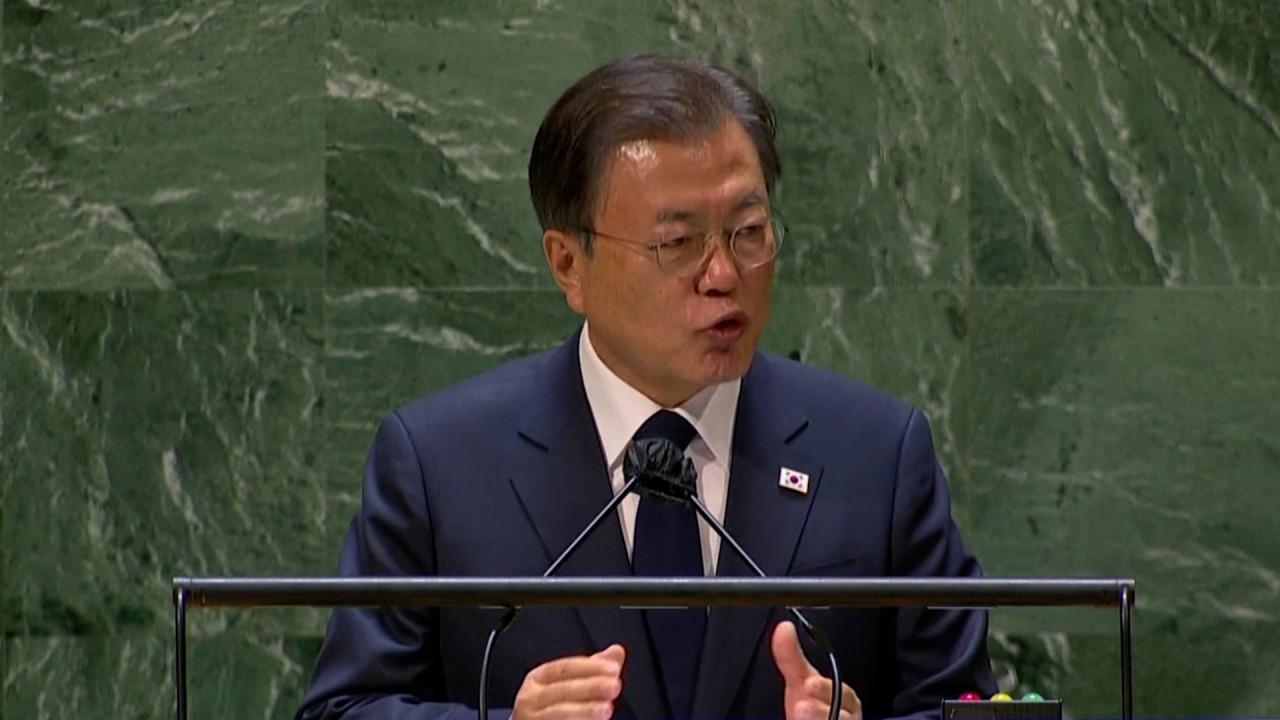
With North Korea on the edge, Kim Jong-un has three options – but only one will ensure regime survival
- Kim could seek to maintain the status quo, or trade nuclear arms for the lifting of sanctions and security guarantees while maintaining totalitarian rule
- Yet, his only realistic option is to deliver a bright future by agreeing to open up the country with financing tied to economic reform and disarmament
North Korea and its leader, Kim Jong-un, are living on borrowed time. This brutal truth is evident given the nation’s dire state of affairs.
So, here are three options as North Korea struggles for survival.
The first is to maintain the status quo and seek survival as a nuclear weapon state, but this is untenable. Nuclear weapons fulfil four essential functions in sustaining North Korea and Kim’s rule. First, the nuclear armaments deter all real and imagined US military threats while cost-effectively providing military superiority over South Korea.
Moreover, the development of a nuclear weapons programme symbolises a monumental achievement, from which Kim draws his legitimacy as supreme leader. Internally, nuclear weapons provide the basis for public solidarity through waging a belligerent foreign policy.
The prevailing reality of life in North Korea, aided by the inflow of uncensored information, contradicts the ruling ideology. With no other controlling mechanisms, Kim’s only remaining tool is terror, which will eventually lead to a breaking point when Kim will lose control of the nation.
However, Kim cannot restore a socialist state because of the irreconcilable contradiction between the ruling ideology and prevailing reality that will precipitate a loss of legitimacy and the disintegration of the regime.
The ideology of class struggle precludes market-oriented reform, opening up or any peaceful coexistence with the international community. Without the credibility and cost-effectiveness of a nuclear arsenal, a confrontational foreign policy is untenable.
What is hypersonic missile, and has North Korea mastered the technology?
In the event that Kim should decide to give up his nuclear arsenal without radical economic reform, North Korea is likely to disintegrate. As a distorted socialist state on the verge of collapse, the nation faces chronic economic deficits burdened by a military budget that takes up about 20 per cent of its gross domestic product, which have weakened Kim’s internal and external controlling mechanisms.
Pursuing this second option would obstruct the necessary structural economic reform – a viable restructuring from heavy industry into exports and the consumer goods-oriented industry – and would halt integration with the global economy.
To ensure Kim’s legitimacy without nuclear weapons, popular support is required, which will only come from spectacular economic development and raising people’s economic well-being.
The third – bold and audacious – option, is if Kim were to trade nuclear weapons for a “bright future”, which would more than compensate for what he loses by giving up nuclear arms.
In delivering this “bright future”, Kim would become a benevolent authoritarian leader, engineering a spectacular economic miracle through robust economic development.
This can be accomplished via a multilateral deal with a tangible economic fund, tied to market economy reform and disarmament conditions. A shared framework between the United States, China, Russia, Japan and South Korea would align the strategic interests of all stakeholders, while employing all the “sticks” and “carrots” that no one stakeholder, not even the US, could.
Biden can offer Kim’s North Korea a denuclearisation deal he can’t refuse
Under such a deal, all sanctions would be lifted for North Korea to sustain economic growth at 10 per cent per year over an initial 10-year period, to maximise its chances of survival. Consequently, Pyongyang would have to cease its brinkmanship and adopt a friendly foreign policy to attract foreign investment.
Shifting from a totalitarian system to an authoritarian one would usher in free-market economic principles: property rights, a free labour market and the legalisation of free enterprise.
For this deal to materialise, the US should normalise relations and diplomatically recognise North Korea, North and South Korea should sign a peace treaty, along with the assurance of US military withdrawal from the Korean peninsula on fulfilment of the terms. In addition, newly reaffirmed defence pacts with China and Russia would provide added security.
North Korea’s transformation into a vibrant economy would stabilise the geopolitical balance between US and Chinese strategic interests, and ensure the only viable exit strategy for Kim.
Dr Chan Young Bang is president of KIMEP University, principal investigator at the North Korea Strategic Research Centre, and a former economic adviser to the former president of Kazakhstan Nursultan Nazarbayev





